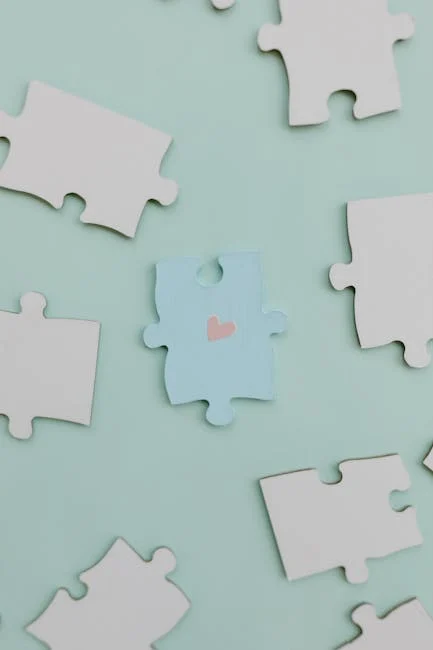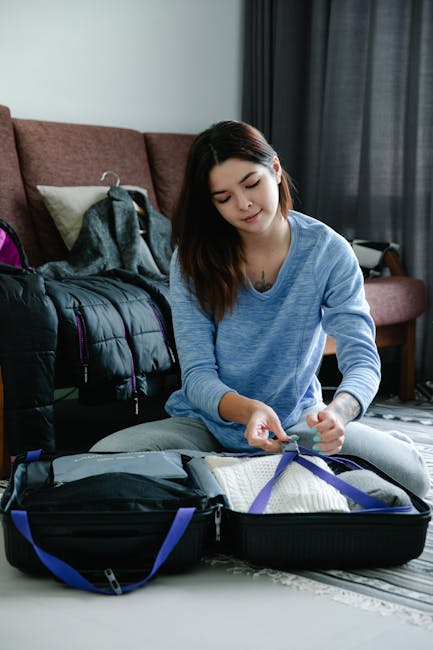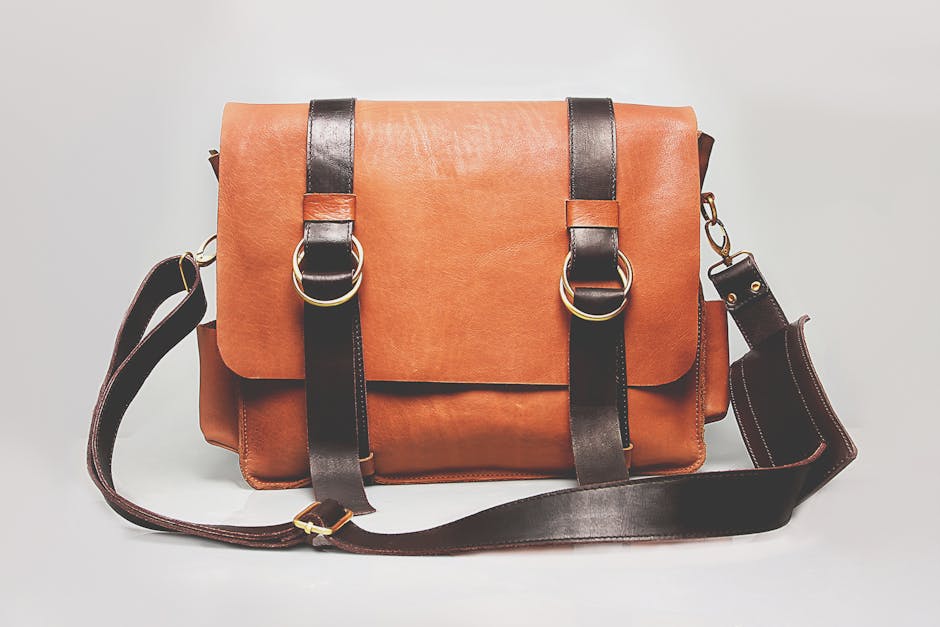Decluttering as a Design Practice: The Connection Between Simplicity and Mental Health
Introduction
In today’s fast-paced world, our homes and minds are often cluttered with possessions and thoughts. Decluttering, more than just a spring cleaning ritual, is emerging as a powerful design practice and a vital tool for improving mental well-being. This article explores the profound connection between simplicity in our surroundings and the health of our minds, demonstrating how intentionally reducing clutter can lead to increased clarity, reduced stress, and a greater sense of control.
The Symbiotic Relationship: Decluttering and Mental Health
The Psychological Impact of Clutter
Clutter isn’t merely an aesthetic issue; it has a tangible impact on our mental state. Research has shown a direct correlation between cluttered environments and increased levels of stress, anxiety, and even depression. Why? Because clutter:
- Overwhelms the senses: A visually chaotic space bombards our brains with stimuli, making it difficult to focus and relax.
- Creates a sense of unease: Clutter can trigger feelings of guilt, shame, or frustration, particularly when we associate it with unfinished tasks or unmet goals.
- Impedes productivity: Searching for items in a cluttered space wastes time and energy, hindering our ability to concentrate and complete tasks effectively.
- Contributes to avoidance behavior: When faced with a messy and overwhelming space, we may be more likely to avoid it altogether, leading to social isolation and further decline in mental health.
Decluttering as a Form of Mindfulness
The act of decluttering itself can be a meditative practice. As you sort through your belongings, you’re forced to confront your relationship with each item. This process of mindful evaluation can lead to:
- Increased self-awareness: You gain a clearer understanding of your values, priorities, and emotional attachments.
- Improved decision-making skills: Decluttering helps you practice making choices about what to keep, donate, or discard, strengthening your ability to make decisions in other areas of your life.
- Reduced impulsivity: By consciously curating your possessions, you become more mindful of your consumption habits, reducing the urge to accumulate unnecessary items.
- A sense of accomplishment: Completing a decluttering project can provide a significant boost to your self-esteem and motivation.
Design Principles for a Clutter-Free Mind
Integrating decluttering into your design practice isn’t just about tidying up; it’s about creating a space that actively supports your mental well-being. Consider these principles:
- Embrace Minimalism: Focus on essential items that serve a purpose or bring you joy.
- Prioritize Functionality: Choose furniture and storage solutions that maximize space and minimize visual clutter.
- Create Designated Zones: Assign specific areas for different activities, helping to maintain order and prevent cross-contamination.
- Utilize Vertical Space: Shelves, drawers, and wall-mounted organizers can maximize storage without taking up valuable floor space.
- Incorporate Natural Elements: Plants, natural light, and calming colors can create a more serene and restorative environment.
Practical Steps to Declutter Your Space and Mind
Start Small, Think Big
Overwhelmed? Don’t try to tackle everything at once. Begin with a small, manageable area, such as a drawer, a shelf, or a corner of a room. Celebrate your progress and gradually expand your efforts.
The Four-Box Method
This simple technique can help you categorize your belongings and make informed decisions:
- Keep: Items you use regularly and/or love.
- Donate: Items in good condition that you no longer need but could benefit someone else.
- Trash: Items that are broken, damaged, or unusable.
- Relocate: Items that belong in a different area of your home.
The One-In, One-Out Rule
For every new item you bring into your home, get rid of something similar. This helps prevent clutter from accumulating in the first place.
Digital Decluttering
Don’t forget about your digital space! Organize your computer files, unsubscribe from unwanted emails, and delete unused apps to create a more streamlined and efficient digital environment.
Conclusion
Decluttering as a design practice is not merely a trend; it’s a powerful approach to creating living spaces that nurture our mental health. By embracing simplicity, mindfulness, and thoughtful design principles, we can transform our homes into havens of tranquility and clarity, fostering a greater sense of well-being and control in our lives. Start your decluttering journey today and experience the profound benefits of a clutter-free mind.














Post Comment